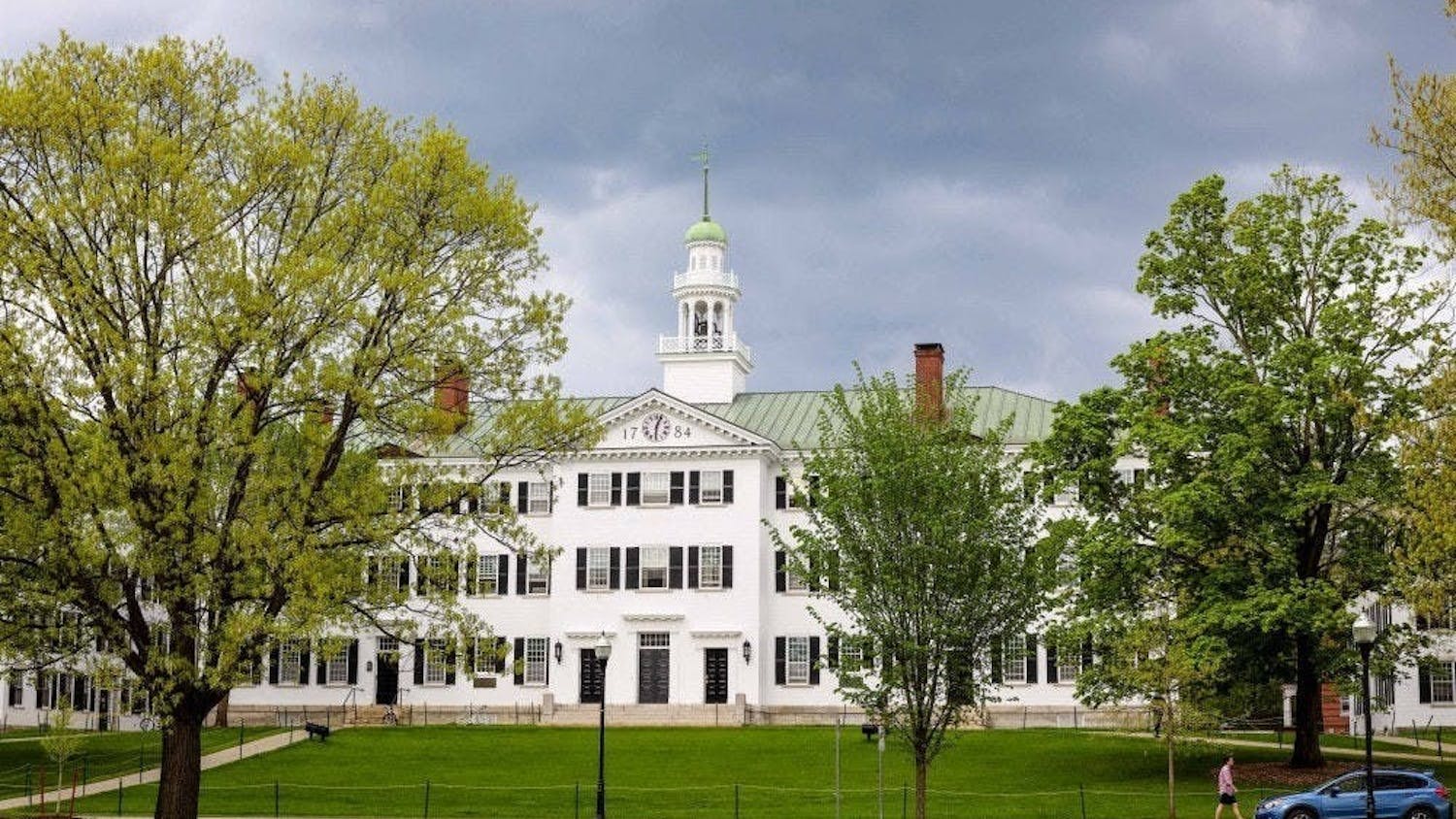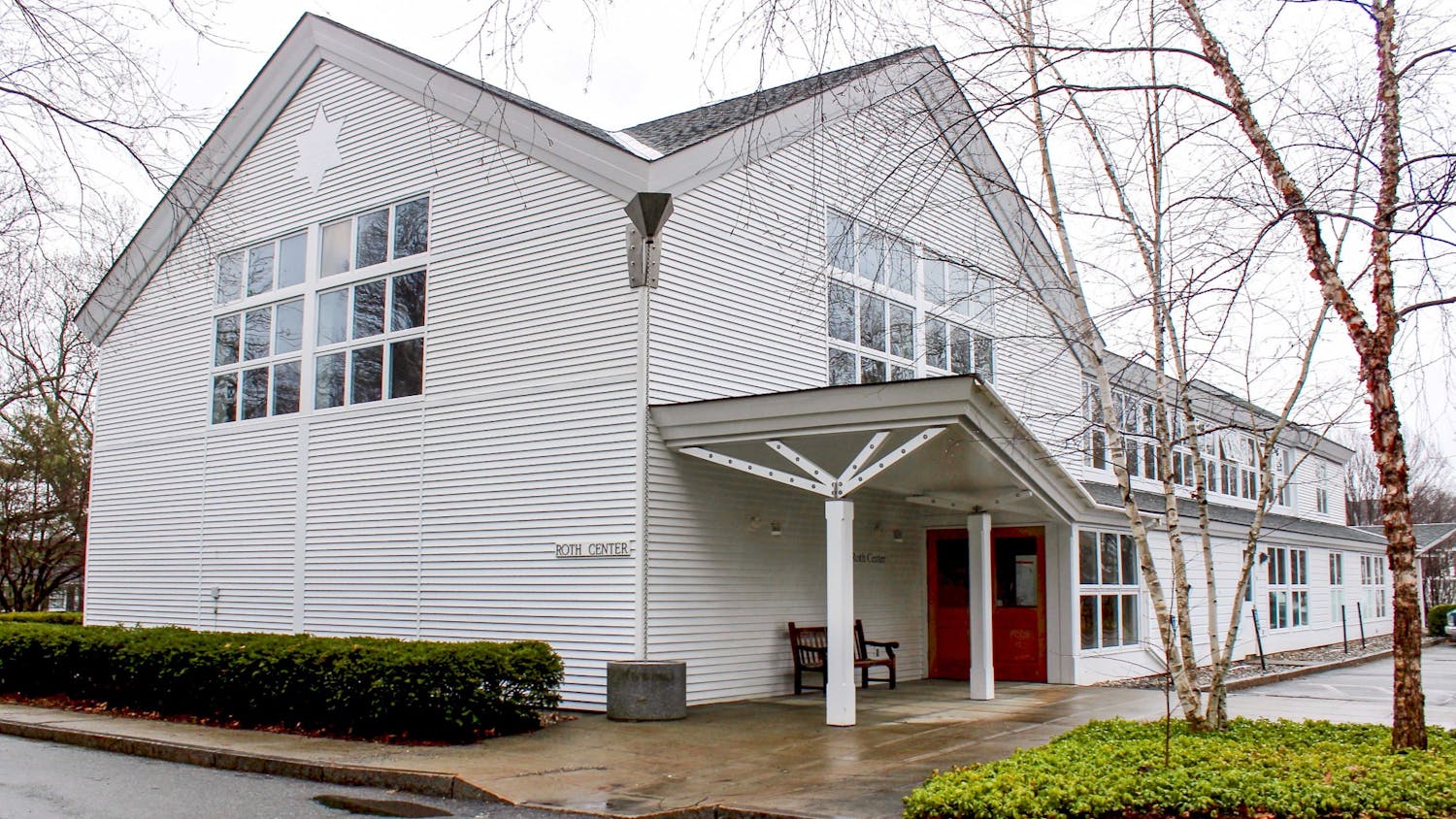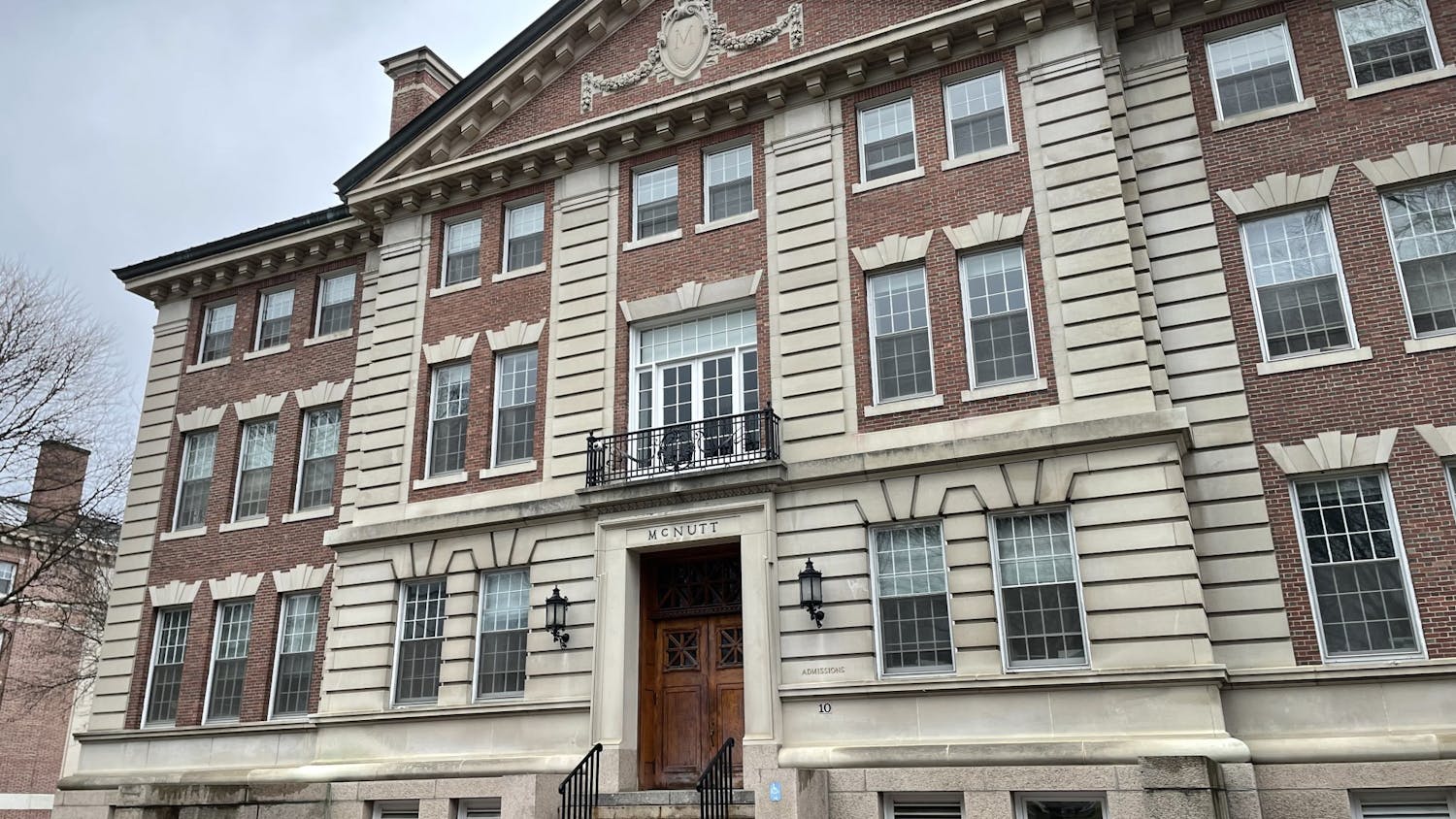Here in Hanover, Dartmouth's 4,000 students are virtually addicted to something of which you may have never heard: BlitzMail.
BlitzMail is the electronic mail system universally used by the students, faculty and employees of the College. Developed by Dartmouth seven years ago, BlitzMail allows anyone to keep in touch with everybody else on campus, and friends, family, and faculty with e-mail accounts around the world also.
Thanks to Dartmouth's computer network, students can check their "e-mail" any time of the day or night, and from nearly anywhere on campus.
Many public buildings, such as the Hopkins Center or Thayer Dining Hall, feature tables with computers used solely for accessing BlitzMail.
An unspoken but ambient system of etiquette assures that most students may check their BlitzMail accounts from the computer consoles in the dormitory rooms of their friends.
Using the computer to communicate is only one facet of computing at Dartmouth. Computers aren't just important to computer science majors -- every student at the College uses computer technology in different ways, whether to write essays, check the latest sports scores on the Internet, register for classes, gossip with friends, or even browse menus of Hanover restaurants and order a pizza.
"I can't imagine Dartmouth without computers," says Michael Pryor '98, who works as a student consultant at Kiewit Computation Center, the headquarters for Computing Services and the hub of the college's computer network.
Following the trend of most Dartmouth students, Pryor said, "I use my computer to contact people more than I use the phone."
"Computer-aided communication has become so ubiquitous at Dartmouth so as to replace conventional methods to become the most conventional method on campus," Andy J. Williams '90 said, who manages the Computer Resource Center in Kiewit.
According to Jim Matthews, who wrote and maintains the BlitzMail software program, the College's electronic mail system now regularly handles "in the neighborhood of 120,000 messages" per day. Since its introduction in 1989, BlitzMail and electronic messaging have grown from a novelty to a necessity, says Pryor.
A Wired Campus
What makes much of Dartmouth's computing culture possible is the campus network. As early as 1984, the College began connecting administrative buildings and residence halls with cable that allows anyone to plug in a Macintosh computer and access any of Dartmouth's network services, as well as the global Internet.
Today users all over campus can use this network to check their electronic mail, access resources available on the World Wide Web, search the library catalog or connect to Dartmouth's public file server to download software.
Because every dorm room and office at the College has a network port, users do not need to "dial in" to the network to access its services, though that capability is available for those who may live off-campus.
"Every Macintosh at Dartmouth has full access to the Internet," Pryor said. Activities like "surfing the Net" and communicating using BlitzMail are always accessible, and no special or costly software is required.
Another advantage afforded by Dartmouth's computer network is the ability to freely use software licensed by the College for students to use.
Dozens of software programs are available, such as those allowing users to create spreadsheets, illustrations, or page layouts and others that perform advanced statistical analysis.
In addition to these Dartmouth-licensed programs there are thousands of software programs freely and legally available over the Internet, such as the program Netscape Navigator, which can be used to browse the World Wide Web from any Macintosh computer on campus.
Students can check up on the latest news from around the globe, search for information about any conceivable topic, and even check out The Dartmouth's weekly Electronic Edition (available on the Internet at "http://www. dartmouth. edu/pages/thed).
The College makes abundant resources available to students and faculty alike, such as the Computing Help Desk at Kiewit, "minicourses" providing continuing education and support to users, and conveniences like 24-hour access to public computers at Kiewit and free laser printing.
Since the introduction of the Apple Macintosh computer in 1984, the College's faculty has found ways to integrate instruction with personal computing.
Students in science courses use computer software to analyze data in labs, while English students have the option of studying hypertext fiction.
Computers are used across the curriculum, whether in multimedia projects, using the Internet to do research, or communicating with teachers and other students.
Dartmouth faculty strengthened this relationship between computers and classroom by voting in 1991 to require all future undergraduate students to own a personal computer.
In an effort to standardize on an easy-to-use system that makes technology and networking accessible to all, Dartmouth has recommended the use of Macintosh computers for more than a decade.
The Macintosh focus on campus is evident not just in the residence halls, but throughout the campus: nearly every professor is "on-line" and can answer questions via BlitzMail from their office, and the College's libraries all have public computers available for students to search the library catalog, check their BlitzMail, and even write papers.
Computers and the classroom are so well paired at Dartmouth that it's not uncommon for students with laptop computers to bring their PowerBooks to class to take notes.
Most students, however, still own "desktop" Macintoshes and rely on the traditional pen-and-paper method.
Dartmouth has a long history in the field of computing. The computer language BASIC was invented at Dartmouth by former College President John Kemeny in the 1960s, and the College boasts the invention of the first time-sharing computer, a machine that allowed many users to share then-scarce computing resources.
Two decades later, Dartmouth became an Internet site in 1986, years before most people had heard of the now-sprawling global network.
Computing at Dartmouth is different today: instead of a few large mainframes at a central location, some estimates peg the number of personal computers on the campus at over 10,000.



